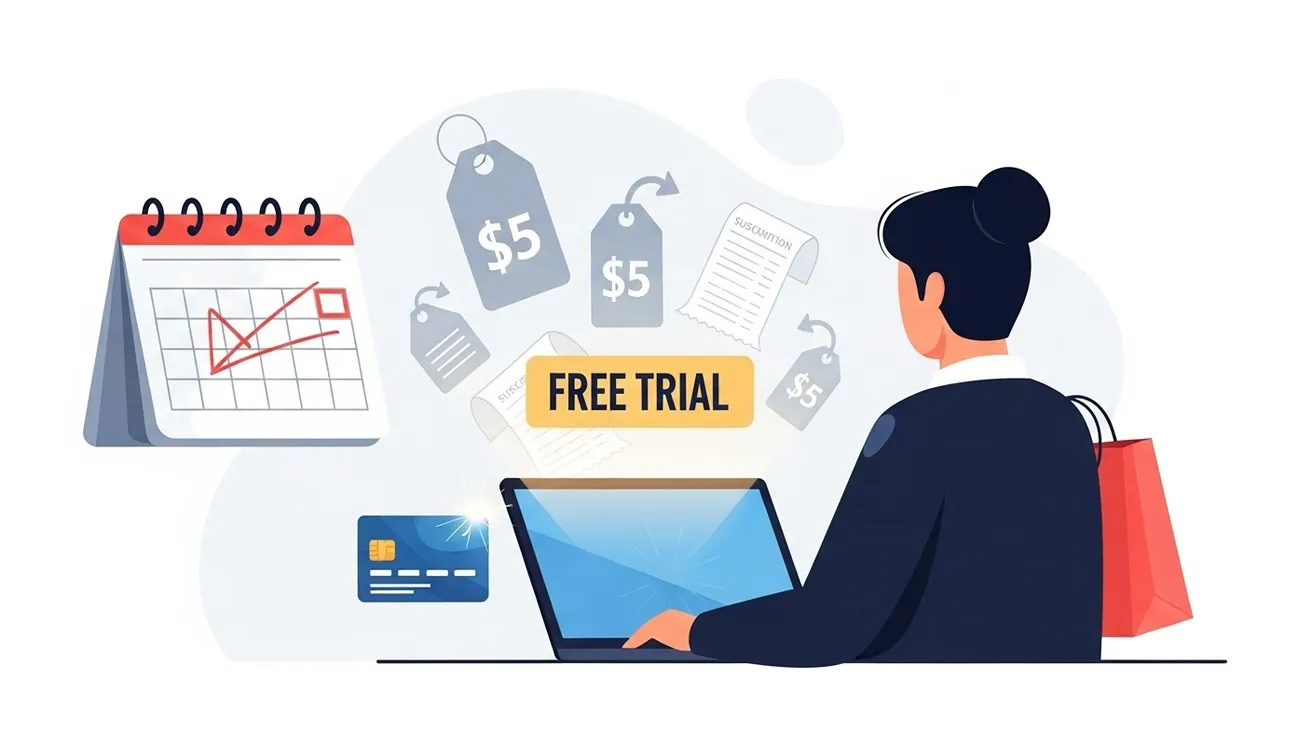
Free trials have become a powerful way for companies to
attract new users. Whether it’s a streaming platform, a fitness app, or a
premium tool, the promise of “try before you pay” feels like a win for
shoppers. But behind that free trial, there are often hidden costs that catch
manypeople by surprise. In this blog, we’ll explore how free trials really
work, what to watch out for, and whether subscriptions are worth the price in
the long run.
Free trials are tempting because they remove the risk of
spending money on something you’re not sure about. Businesses know that people
love trying products for free, so they use trials to give you a taste of what
they offer. This approach often works — after all, if you enjoy the product
during the trial period, you’re more likely to continue with a paid
subscription.
But here’s the catch: free trials are designed to convert
you into a paying customer. That means companies often make the transition from
free to paid as seamlessly as possible — sometimes so seamless that you barely
notice it happening.
One of the biggest hidden costs of free trials is automatic
renewal. Most free trials require you to provide payment details upfront.
While this seems harmless at first, it allows the company to start charging you
as soon as the trial ends.
Many users forget to cancel before the deadline. A single
missed day can lead to a full subscription charge — sometimes for an entire
month or even a year. This is how a “free” trial can unexpectedly dent your
budget.
Another issue with free trials is that the subscription cost
after the trial often feels higher than expected. Companies sometimes advertise
an attractive trial period (like “$1 for the first month”), but the regular
monthly fee after that can be significantly more expensive.
For example, you might start with a low-cost trial for a
streaming service and later discover the standard plan costs two or three times
more. If you’re not paying attention, these charges can add up quickly.
Free trials don’t just cost money — they can also cost you
your data. Many companies use trial sign-ups to collect your email,
preferences, and browsing habits. This data is then used to target you with personalised
ads and offers, encouraging you to keep spending.
While targeted deals can sometimes be useful, it’s worth
understanding that the “price” of a free trial often includes sharing your
personal information.
The value of a subscription depends on how often you use the
service. If you consistently use a streaming platform, fitness app, or software
tool, the monthly fee may be worthwhile. However, if you sign up for multiple
subscriptions and rarely use them, the costs can add up quickly.
Many people end up paying for services they no longer need
simply because they forget to cancel. This is why it’s essential to track your
active subscriptions and regularly review whether they’re still useful to you.
If you like trying free trials but want to avoid unexpected
charges, here are some practical tips:
1.
Set a Reminder: Mark the trial end date
on your calendar or phone so you can decide before it renews.
2.
Use Virtual Cards: Some people use
disposable virtual cards to avoid accidental charges after the trial period.
3.
Read the Terms Carefully: Pay attention
to the pricing after the trial, not just the initial offer.
4.
Cancel Early If Unsure: You can often
cancel right after signing up for the trial and still use it until the period
ends.
5.
Audit Your Subscriptions: Check monthly
to see if you’re paying for services you no longer use.
Free trials can be a great way to explore new services, but
they come with hidden costs that many people overlook. Automatic renewals,
higher subscription fees, and data collection are all things to watch out for.
Before signing up, weigh the potential benefits against the risks and stay
proactive about managing your subscriptions.
If you want to discover honest reviews and practical tips
for making smarter subscription choices, visit TrandyReviews to
learn more.